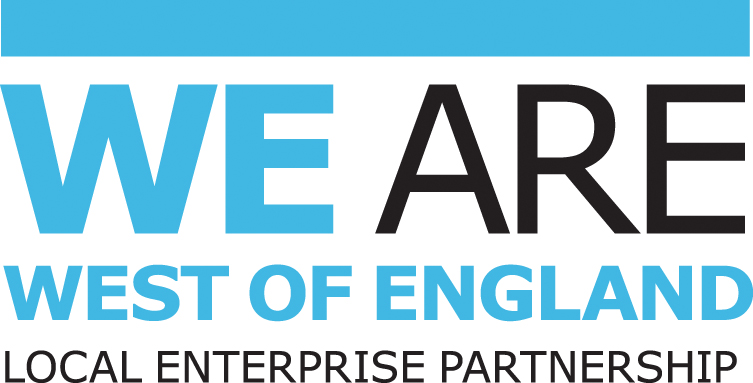This website uses cookies. By using this website and agreeing to this policy, you consent to LEP Network’s use of cookies in accordance with the terms of this policy.
Our Cookies Policy explains what cookies are, how we use cookies, how third-parties may use cookies, your choices regarding cookies and further information about cookies.
What are cookies
A cookie is a tiny data file, which is stored on your computer within the web browser, when certain web pages are visited. A cookie does not contain or collect information in isolation, but when read by a server via a web browser; it can give information to facilitate a more user friendly service such as detecting errors. A cookie will not harm your computer and no personally identifiable information is stored from the use of this site.
There are two types of cookie:
Persistent cookies remain on a user’s device for a set period of time specified in the cookie. They are activated each time that the user visits the website that created that particular cookie.
Session cookies are temporary. They allow website operators to link the actions of a user during a browser session. A browser session starts when a user opens the browser window and finishes when they close the browser window. Once you close the browser, all session cookies are deleted.
How we use cookies
We use cookies on our website. You can choose to accept or decline cookies. Although most web browsers automatically accept cookies, you can usually modify your browser setting to decline cookies to your preference. However, this may prevent you from taking full advantage of our website.
We use cookies on our website:
- To recognise a computer when a user visits the website
- Track users as they navigate the website
- Improve the website's usability
- Analyse the use of the website
- Administer the website
- Prevent fraud
- Improve the security of the website
- Personalise the website for our users
Cookies on our website are used for:
Category: Neccessary (7)
Necessary cookies help make a website usable by enabling basic functions like page navigation and access to secure areas of the website. The website cannot function properly without these cookies.
| Cookie Name |
Provider |
Type |
Expiry |
Description |
| __RequestVerificationToken |
lepnetwork.net |
HTTP |
Session |
Helps prevent Cross-Site Request Forgery (CSRF) attacks.
Data is sent to United Kingdom |
| ASP.NET_SessionId |
lepnetwork.net |
HTTP |
Session |
Preserves the visitor's session state across page requests.
Data is sent to United Kingdom |
| cookie-preferences |
lepnetwork.net |
HTTP |
1 year |
This cookie is used to store your decision to close the cookie
notification popup so that it is not shown to you on subsequent
pages. |
| recentlyViewedIds |
lepnetwork.net |
HTTP |
7 Days |
This cookie is used to provide breadcrumb navigation based on the
path you navigated through the website. |
| openInOtherInstances |
lepnetwork.net |
HTTP |
7 Days |
This cookie is used in conjunction with "recentlyViewedIds" to enable
breadcrumb navigation based on the path you have navigated
through the website |
| ARRAffinity |
lepnetwork.net |
HTTP |
Session |
ARRAffinity cookie is set by Azure app service, and allows the service
to choose the right instance established by a user to deliver subsequent
requests made by that user. |
| ARRAffinitySameSite |
lepnetwork.net |
HTTP |
Session |
This cookie is set by Windows Azure cloud, and is used for load balancing
to make sure the visitor page requests are routed to the same server
in any browsing session. |
Category: Statistics (3)
Statistic cookies help website owners to understand how visitors interact with websites by collecting and reporting information anonymously.
| Cookie Name |
Provider |
Type |
Expiry |
Description |
| _ga |
lepnetwork.net |
HTTP |
2 years |
Registers a unique ID that is used to generate statistical data on how the visitor uses the website.
Data is sent to United Kingdom |
| _gat |
lepnetwork.net |
HTTP |
Session |
Used by Google Analytics to throttle request rate
Data is sent to United Kingdom |
| _gid |
lepnetwork.net |
HTTP |
Session |
Registers a unique ID that is used to generate statistical data on how the visitor uses the website.
Data is sent to United Kingdom |
Category: Marketing (5)
Marketing cookies are used to track visitors across websites. The intention is to display ads that are relevant and engaging for the individual user and thereby more valuable for publishers and third party advertisers.
| Cookie Name |
Provider |
Type |
Expiry |
Description |
| uvc |
addthis.com |
HTTP |
13 months |
Detects how often the social sharing service, AddThis, encounters the same user.
Data is sent to United States |
| loc |
addthis.com |
HTTP |
13 months |
Geolocation, which is used to help providers determine how users who share information with each other are geographically located (state level).
Data is sent to United States |
| __atuvc |
lepnetwork.net |
HTTP |
13 months |
Updates the counter of a website's social sharing features.
Data is sent to Netherlands |
| __atuvs |
lepnetwork.net |
HTTP |
Session |
Ensures that the updated counter is displayed to the user if a page is shared with the social sharing service, AddThis.
Data is sent to Netherlands |
| at-rand |
lepnetwork.net |
HTML |
Persistent |
Used by the social sharing platform AddThis
Data is sent to United Kingdom |
3rd Party cookies
When you visit our site you may notice some cookies that are not related to LEP Network. If you go on to a web page that contains embedded content, for example from Facebook or YouTube, you may be sent cookies from these websites. We do not control the generation of these cookies, so we suggest that you check the individual third-party websites for more information about their cookies and how to manage them.
How to turn off cookies
All modern browsers allow you to change your cookie settings. The following links may be helpful in helping you understand how you can update your browser cookie settings:
Further information
To learn more about how advertisers use cookies and how you can control these please visit Your Online Choices.
To learn more about cookies please visit AboutCookies
To learn more about your rights to online privacy, please visit Data Protection Act 1998 and The Information Commissioner’s Office.































 Back
Back
 View cookie policy
View cookie policy